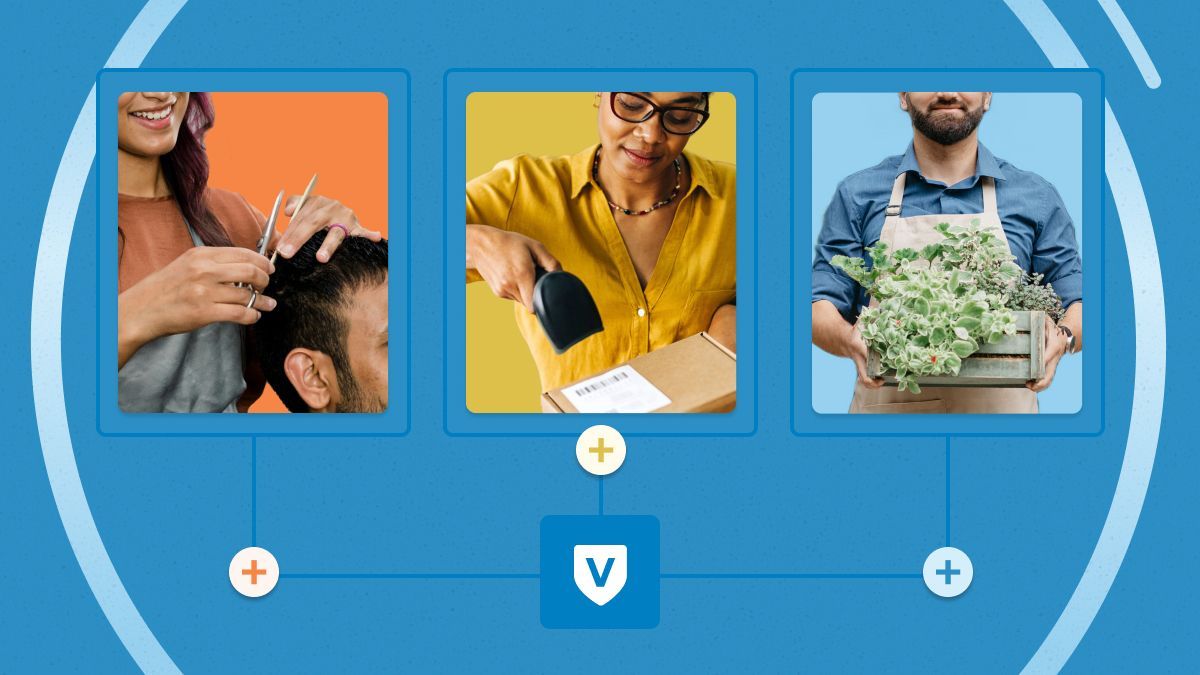Giving a Plan Checkup Now Can Mean Big Savings Later for Clients

Giving a Plan Checkup Now Can Mean Big Savings Later for Clients
Many employers sponsoring a retirement plan are (or should be) starting to think about their Form 5500 filing and annual compliance testing. That means it is also a great time for advisors to help clients conduct a plan checkup. A good checkup can reduce future costs, administrative headaches, and fiduciary liability. Here are some steps to help you start the process with your plan sponsors.
1. Make Sure Their Current Plans Are Compliant
Ensure employers have reviewed all plan documents and communications with their employees within the past 12 months. Changes in a business may produce unexpected and unnoticed changes in a plan’s operation, so it’s important to review plan language and features. Consider including the service providers who regularly work with each plan to help spot issues that may have been overlooked. Some questions to ask when meeting with your client for a review include:
Have you had any mergers, acquisitions, or changes in ownership in the past plan year? Structural changes to their organization will warrant updated plan documents and need to be communicated to your retirement service providers.
Are you a part of a Control Group or an Affiliated Service Organization? A controlled group and affiliated service organization are categories used to describe businesses that are related in some way, usually by family ownership. Knowing whether your client falls into one of these groups or if the employer owns multiple business with different retirement plans can have an important effect on the way a business' plan is set up for their employees.
Do you have a Fidelity Bond? ERISA requires that every fiduciary of an employee benefit plan and every person who handles plan funds be bonded, so ensure your client’s plan is compliant to avoid penalties. These bonds cover the plan from loss of assets due to fraud or dishonesty. The fidelity bond is required to protect the participants and beneficiaries from dishonest acts of a fiduciary who handles the plan assets. The fidelity bond must be at no less than 10% of plan assets with a minimum of $1,000 and a maximum of $500,000.
How are you tracking the accuracy of administrative tasks? Administrative mistakes are common and easy to make, but the sooner the employer finds them, the easier and less costly they are to fix. Some common errors are late payrolls, loan issues, and improperly communicating with terminated employees who have account balances.
2. Consider Plan Changes That Will Better Suit Your Clients
Your clients are the experts on their businesses—but you’re the expert on their plans. As your check in with your clients, revisit the features of their plans to see what needs to be changed to better suit their goals.
How is enrollment set up? A retirement plan isn’t doing employees any good if they aren’t participating in it. If auto-enroll isn’t set up, speak with your client about its benefits. Without this feature, plan participation averages 63% for 401(k) plans yet jumps to 90% when auto-enroll is enacted. Another way to potentially increase employee contributions? Consider adding auto-escalation to automatically increase their contributions year over year.
Do the investment offerings still suit the company? Revisit the investment options the plan currently has and how they are being used. Employees’ goals and risk tolerance may have changed over time.
Have you compared costs? Your service provider’s fees should be reasonable. Consider conducting a benchmarking exercise or issuing a request for proposal from multiple service providers to compare their fees. If you’re looking to dig into a 408b(2) disclosure and don’t know where to begin, we can help.
3. Stay in Contact—Your Clients Will Appreciate It
After checking in with your clients, take the next step and meet with their employees as well. Schedule a time each year to educate savers on the basics of a 401(k) and how they can take advantage of this important savings tool. Here are some key points to cover:
- What is the difference between a 401(k) and an IRA?
- What is the impact of investing now?
- Should I change my investment selections year over year?
- How do I navigate my account?
- How do rollovers work?
- How do beneficiaries work?
All it takes is a few simple questions to ensure that your plans are correct, your platform includes the best features, and savers are getting properly educated. Your clients will be impressed with the thoughtfulness you put into their plan and thankful that they have an expert to lean on.








